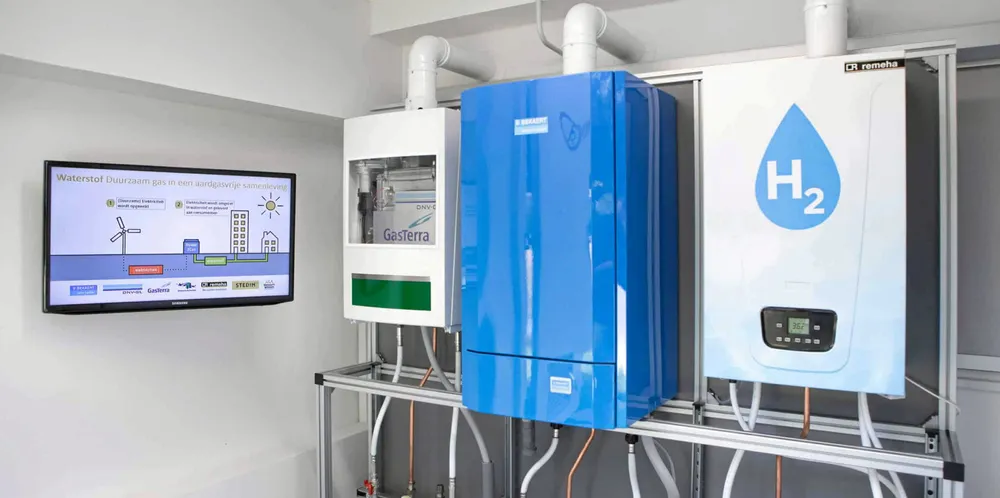‘Using blue hydrogen for heating would lock in fossil fuels for decades while cutting emissions by only 65%’
It is “difficult to see” how blue H2 can be used as a fuel for heating, given the existence of renewables-powered electric options, says UK government-funded Oxford University study
